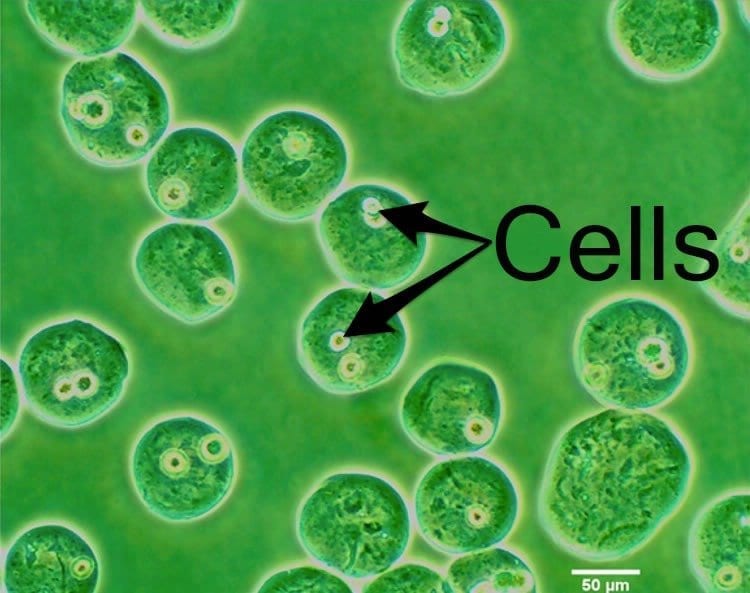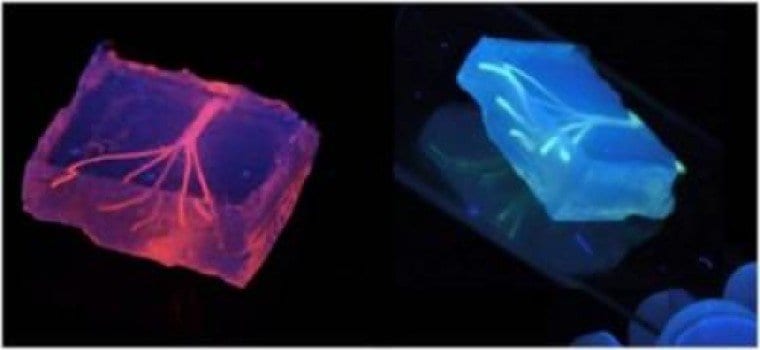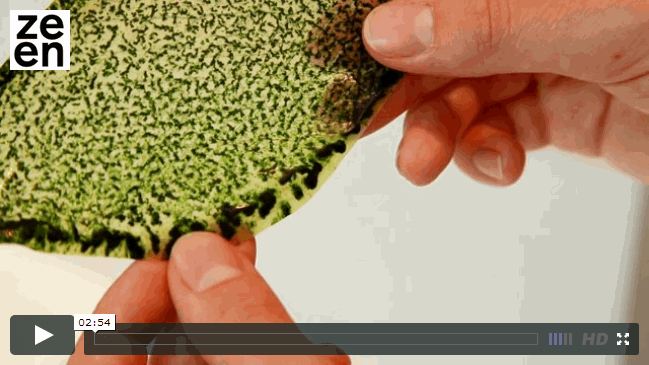
Credit: American Chemical Society
Printing whole new organs for transplants sounds like something out of a sci-fi movie, but the real-life budding technology could one day make actual kidneys, livers, hearts and other organs for patients who desperately need them.
In the ACS journal Langmuir, scientists are reporting new understanding about the dynamics of 3-D bioprinting that takes them a step closer to realizing their goal of making working tissues and organs on-demand.
Yong Huang and colleagues note that this idea of producing tissues and organs, or biofabricating, has the potential to address the shortage of organ donations. And biofabricated ones could even someday be made with a patient’s own cells, lowering the risk of rejection. Today, more than 120,000 people are on waiting lists for donated organs, with most needing kidney transplants. But between January and April of this year, just short of 10,000 people received the transplant they needed. There are a few different biofabricating methods, but inkjet printing has emerged as a frontrunner. It’s been used to print live cells, from hamster ovary cells to human fibroblasts, which are a common type of cell in the body. But no studies had been done to really understand how biological inks behave when they’re dispensed through printer nozzles. Huang’s team set out to fill that gap.
They tested bioinks with different concentrations of mouse fibroblasts plus a hydrogel made out of sodium alginate. They discovered, among other findings, that adding more cells in the material reduces both the droplet size and the rate at which it gets dispensed. The new results will help scientists move forward with this promising technology.
The Latest on: 3-D bioprinting
[google_news title=”” keyword=”3-D bioprinting” num_posts=”10″ blurb_length=”0″ show_thumb=”left”]
via Google News
The Latest on: 3-D bioprinting
- 3 3D Printing Stocks With the Potential to Make You an Overnight Millionaireon April 30, 2024 at 4:07 am
Not too long ago, analysts and early adopters touted the technology of 3D printing as the future of manufacturing. Then came market corrections and concerns surrounding the feasibility of long-term ...
- 3D Printed Silk Bio-Ink Shows Potential for Knee Meniscus Repairon April 24, 2024 at 7:00 am
Researchers have developed a silk-based bio-ink to 3D print a meniscus for better knee repair and regeneration.
- 3D printing and bioprinting in healthcare - statistics and factson April 10, 2024 at 5:00 pm
Bioprinting is a much newer technology compared to 3D printing and uses bioinks and other biomaterials to create organ-like structures. Some have referred to bioprinting as ‘healthcare’s next ...
- Advancing gastric cancer treatment through personalized 3D bioprintingon March 21, 2024 at 10:37 am
By using 3D bioprinting to accurately replicate the biological environment surrounding gastric cancer cells, the researchers have achieved a significant feat—predicting a patient's response to ...
- Graduate student 3-D bioprints a heart the size of a mouse on Live at 9on February 22, 2024 at 4:04 pm
Watch this segment to experience the cutting-edge world of 3-D bioprinting with graduate student Blass Watson on Live at Nine. Learn how this innovative method combines traditional 3-D printing ...
- TissueFab® bioink Conductive for 3D bioprintingon November 22, 2023 at 11:00 pm
TissueFab ® bioink Conductive Vis/405 nm, low endotoxin, is a bioink tailored for 3D bioprinting with electrical conductivity. This specialized bioink is designed to create optimal conditions for ...
- 3D Bioprinting Human Ears, First Affordable Tesla Only Big Enough For Kidson February 21, 2016 at 8:41 am
Opinions expressed by Forbes Contributors are their own. Analyzing tech stocks through the prism of cultural change. Artificial Intelligence: It turns out one of the best ways to ensure ...
via Bing News










